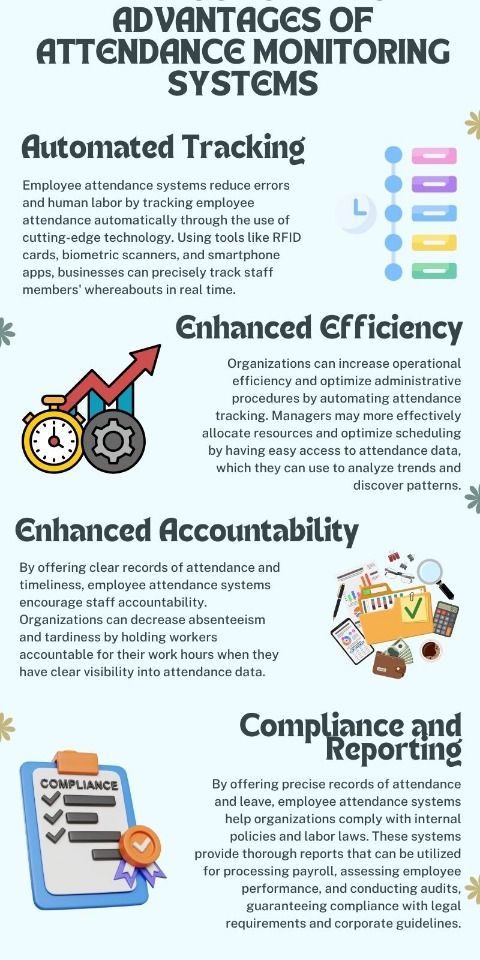
In the realm of education and professional development, Learning Management Systems (LMS) have revolutionized the way knowledge is imparted and absorbed. An LMS is a software application designed to create, distribute, track, and manage educational content. As the world becomes more digitally inclined, the features of these systems become increasingly sophisticated, catering to the meticulous needs of modern learning environments. Among these features, attendance tracking stands out as a pivotal tool for both educators and learners.
Attendance tracking in an LMS is not just about marking who’s present or absent; it’s about creating a comprehensive overview of learners’ engagement levels. This feature allows educators to monitor attendance for online sessions, physical classes, or hybrid models. The convenience that comes with digital attendance tracking is multifold – reduced administrative tasks for instructors, enhanced accountability for students, and insightful data for institutions.
For educators, the attendance tracking feature in an LMS simplifies what used to be a time-consuming task. With automated attendance marking, educators can focus more on delivering quality instruction rather than being bogged down by paperwork. Furthermore, it ensures accuracy in records and eases the process of reporting for compliance purposes.
Students benefit from such features as well. They’re often given access to their attendance records which can motivate them to be more responsible regarding their class participation. Also, being aware that their presence is digitally logged encourages students to engage more during lessons.
Furthermore, attendance data when analyzed can uncover patterns in student behavior that are critical for improving course outcomes. For example, correlations between attendance rates and grades can lead to interventions that help at-risk students perform better.
Institutions leveraging an LMS with robust attendance tracking tools gain from data-driven decision-making capabilities. Understanding attendance trends across various courses can help administrators allocate resources more effectively or tailor learning schedules that suit the majority’s availability.
Having considered the strategic importance of attendance tracking in an LMS environment – whether it’s higher education institutions adapting to flexible learning models or corporate organizations upskilling their workforce – there are certain aspects that should be emphasized:
1. Integration: The LMS should seamlessly integrate with existing systems such as calendar applications or virtual classroom tools.
2. Customization: It should allow customization according to different teaching models and institutional policies.
3. Real-time Reporting: The system must generate real-time reports for immediate insights into students’ participation.
4. Alerts and Notifications: The provision of automatic alerts for absentees or reminders for upcoming sessions improves overall engagement.
5. Privacy Compliance: Since attendance data is sensitive information, the system must comply with privacy regulations like GDPR or FERPA.
In conclusion, an LMS with an efficient attendance tracking feature is crucial for synchronizing educational delivery with the dynamic demands of today’s learners and educators. It not only fosters a disciplined e-learning environment but also transforms how the educational success is measured and achieved. With technology continuing to evolve rapidly, such features in an LMS are clear indicators of a future where learning will be ever more personalized, data-driven, and outcome-centric.
